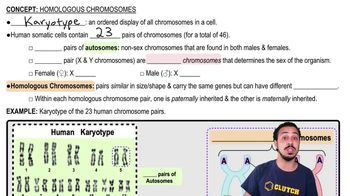Match each description on the left with the corresponding term on the right Closest relatives of chordates
a. annelids
b. nematodes
c. sponges
d. arthropods
e. flatworms
f. cnidarians
g. molluscs
h. echinoderms
i. chordates
 Verified step by step guidance
Verified step by step guidance Verified video answer for a similar problem:
Verified video answer for a similar problem:

